Functions
Miscellaneous
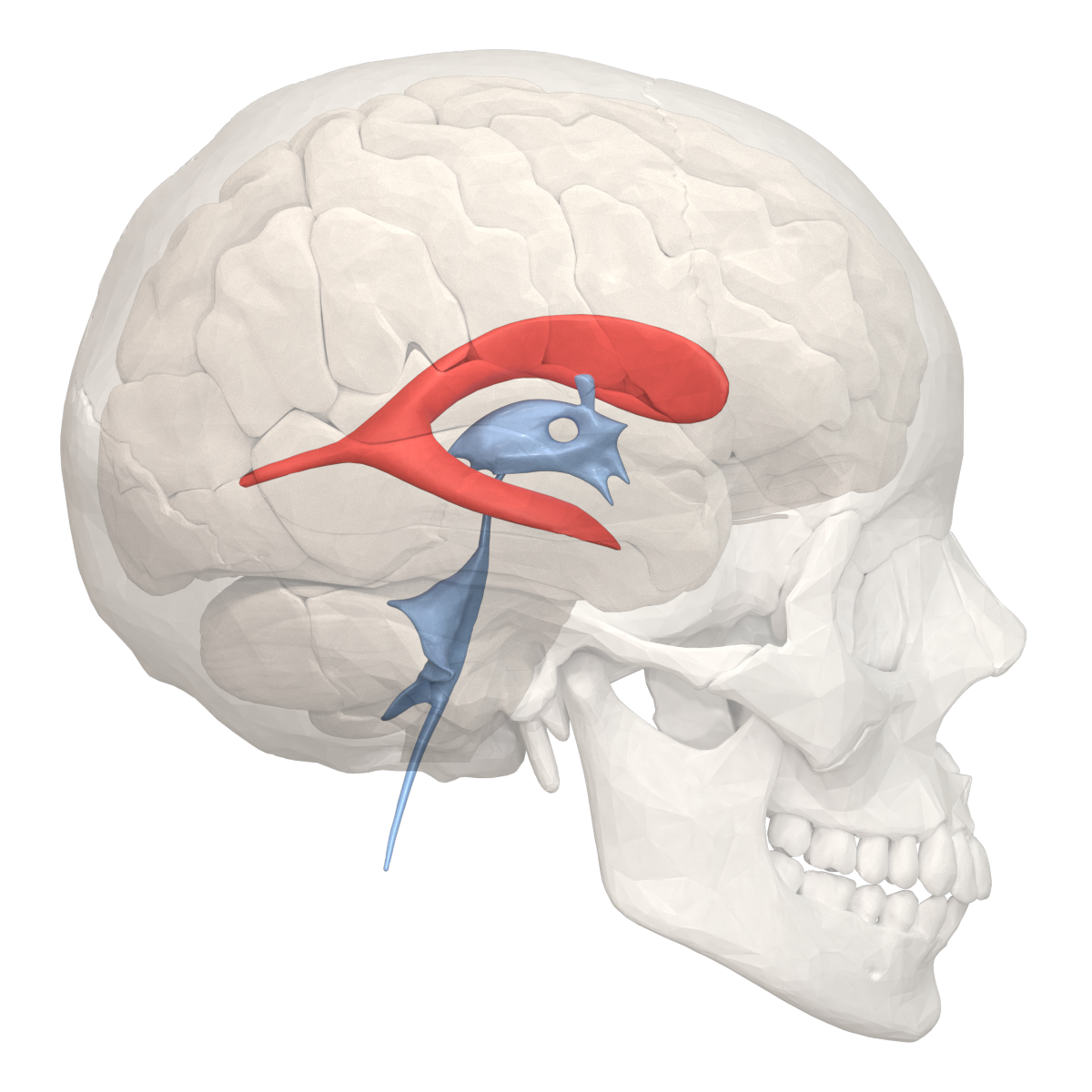 The portion of the image that is highlighted above
The portion of the image that is highlighted above
What is the lateral ventricle
Composed of three regions; midbrain, pons, and medulla oblongata
What is the brainstem
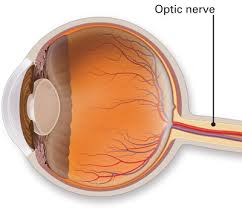
The number of this cranial nerve.
II or 2.
Innervates two muscles: trapezius, sternocleidomastoid
What is the CN XI. Accessory Nerve
This part of the brainstem is in charge of bladder control, taste, equilibrium, etc..
What is the pons
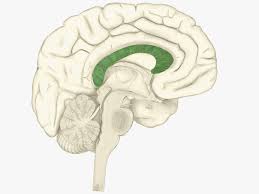
The name of structure highlighted green.
Corpus callosum
This allows for stereoscopic vision
What is the Optic Chiasma
 The nerve highlighted including the number
The nerve highlighted including the number
What is the CN V. Trigeminal Nerve
The Abducens nerve innervates this muscle
Link between the nervous and endocrine system
What is the Diencephalon
 The portion that is highlighted above from the brainstem
The portion that is highlighted above from the brainstem
What is the pons
Relays sensory and motor information to the cerebral cortex
What is the Thalamus
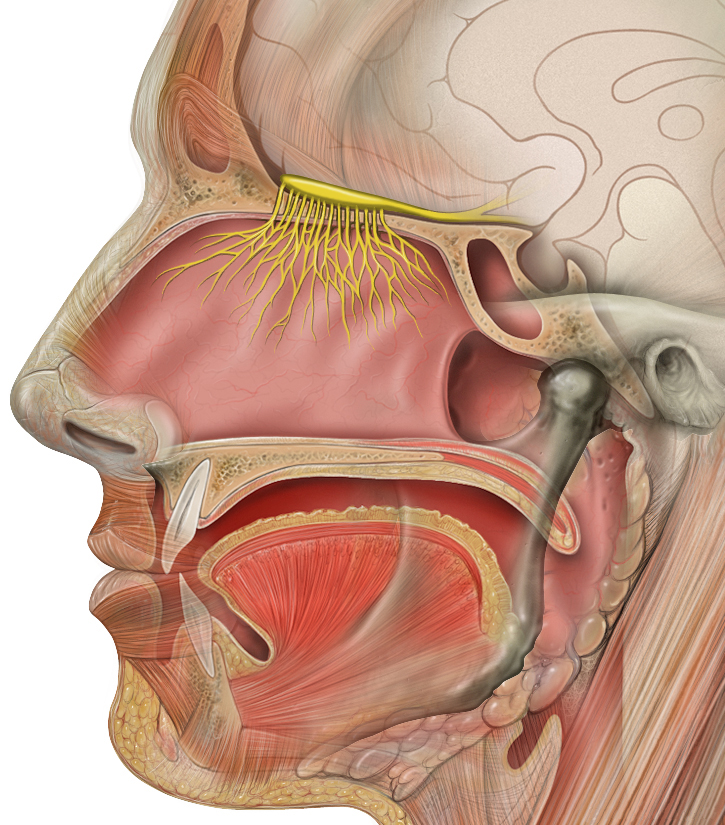
The nerve highlighted including the Roman numeral
What is CN I. Olfactory Nerve
What is movement of tongue during speech and swallowing
Does the arbor vitae of the cerebellum comprise white matter or gray matter?
White matter.
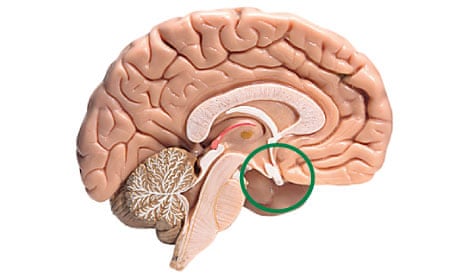 The gland that is circled in the image above
The gland that is circled in the image above
What is the pituitary gland
Secretes melatonin; also involved in circadian rhythm
What is the pineal gland
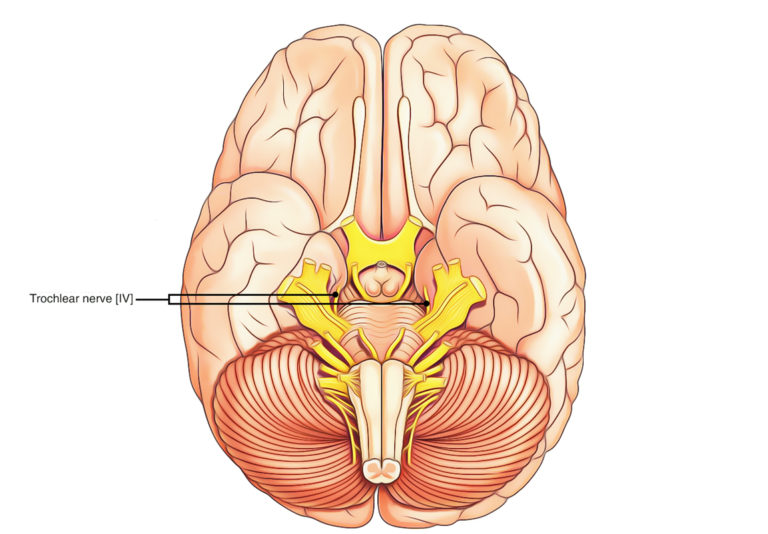 The arrows are pointing to the cranial nerve
The arrows are pointing to the cranial nerve
What is CN IV. Trochlear Nerve
The muscle controlled by the trochlear nerve.
Superior oblique muscle.
There are 12 pairs of nerves that arise from the brain directly
What is the cranial nerve
 The highlighted portion in the image above
The highlighted portion in the image above
What is the fourth ventricle
The two centers that the medulla oblongata controls.
Respiratory and Cardiovascular
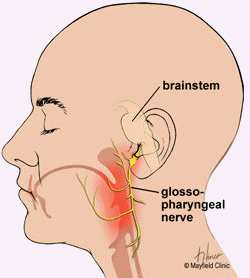 The number of the nerve that is highlighted
The number of the nerve that is highlighted
What is CN IX.
Nerve that is involved in taste, swallowing, coughing; heart and digestive stimulation
This is in charge of the Autonomic control center; also controls the pituitary gland
What is the Hypothalamus